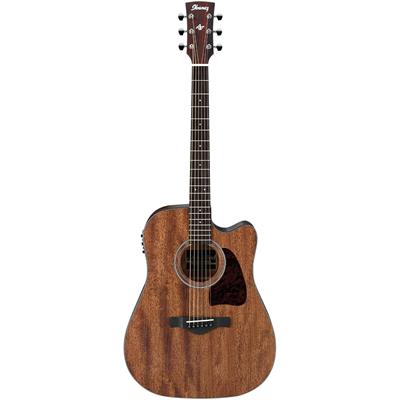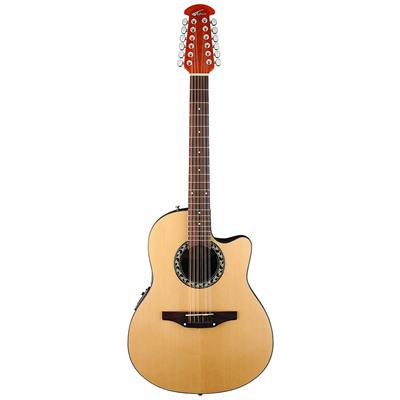
Getting a new amplifier is not an easy thing to do. After days, weeks, or even months of research you finally get a hold of the best amplifier that you have laid your unworthy eyes on. So now you might think it is smooth sailing but hold your decks, my friend. There is a lot more you need to do your amp to do you justice. I am not talking about pedals and other accessories (that you can read up in our article about the best guitar pedals). I am talking maintenance. Now, there is a big difference in how much maintenance you have to do for a solid-state amplifier and a tube amp.
You might have heard, or experienced, that tube amps are a lot more expensive than solid-state amps. There is a good reason for that. But if you are one of those people who thought that once you get your amp it’s good to go, I’m sorry to disappoint you but you will have to do a bit of maintenance, especially on a tube amp.
Tube Amp Maintenance
Without further ado, here are just a few tips on a tube and solid-state amp maintenance.
Tip 1
First things first, don’t treat your tube amplifier like you would treat a solid-state amp. Valves are a lot more fragile and won’t be able to take as much pressure and damage. So if you travel a lot or need to move, take an extra precaution. If you are a traveling musician putting your tube amp in a van with the rest of the equipment and baggage is not the best idea. Things might fall over and break the tubes.
Tip 2
Go slow. Give your amp some time to warm up and cool down. For instance, before you start playing turn the switch on a couple of minutes before practice or gigs. The same goes for unplugging the amp. If you are gigging, let your amp cool down before moving it to your van.
Tip 3
Going along with the upkeep theme: never keep your amplifier in a place where you would not keep your guitar. If you are keeping your amp in storage, make sure there is no way for water to access the location or that the place is not too humid. This might ruin the tubes and you will end up having to change the tube before they are due to be changed. Hell, you might end up ruining the entire amp.
Tip 4
This is a thing you might have thought is too obvious and simple to expect from such exquisite and complicated equipment. But this thing happens and screws, the most basic part of the amp, might get unscrewed. Make sure, once in a while, that all the screws are in place. If they are not it is pretty easy to fix them. Just make sure you do not tighten them up too much and ruin the box.
Tip 5
No matter how safe you keep your tube amp there will be a day when you will have to replace the tubes. It’s just inevitable. The two different tubes – preamp and power – will “act” differently when they need to be changed. A preamp might create vibrations after a little while but that does not happen as often. They are also much easier to replace. If one of the preamp tubes burns out you can just replace that one.
Power tubes are a bit harder to replace and if you are a beginner you might consider having a professional, or someone who is more knowledgeable does it. So how do you know if your power amp needs to be changed? Actually, apart from the actual performance, there are a lot of visual cues. If the tube has changed the color and the brightness differs that’s one good sign that the tube needs to be changed. The problem is that you should not change just one power tube. You have to change the marching ones as well. The process is also a bit trickier. Do not (EVER!) start changing the tubes after playing or practicing. Wait for at least 20-25 minutes and do not touch the old or the new tubes with bare hands.
Conclusion
Whether you got yourself a solid-state amplifier under $300 or a $1000 tube amplifier you need to keep that baby clean and safe. It’s like getting a car (and trust me, with some tube amps the price is pretty close to cars). You do not just get it and expect not to spend any money on gas and maintenance. So whenever you budget for your new amp always, ALWAYS, the budget for the possible (and probable) maintenance fees. Of course, you might make a mistake that a lot of newcomers make and think that you might be lucky enough not to do it and your amp will stay fine for a while. Yeah… that will probably not happen with tube amps. Nevertheless, I think tube amps are worth the money and time you will put into them and they will most definitely pay off in tone, power, and overall performance. GOOD LUCK!






